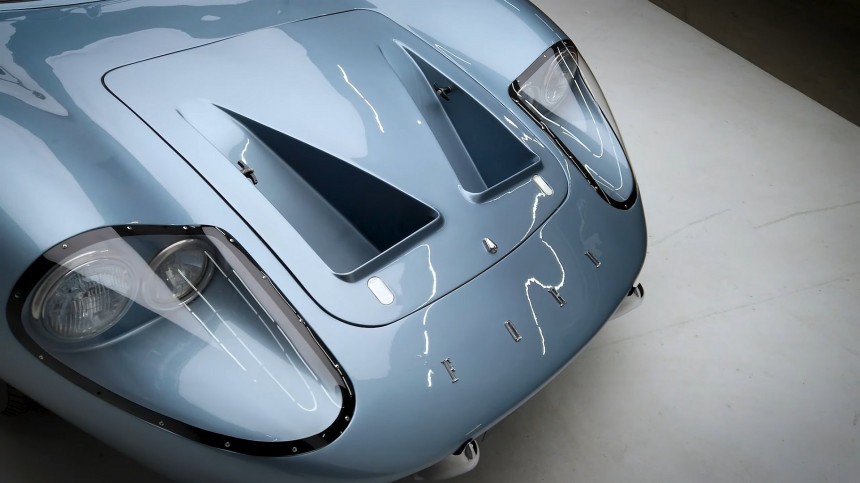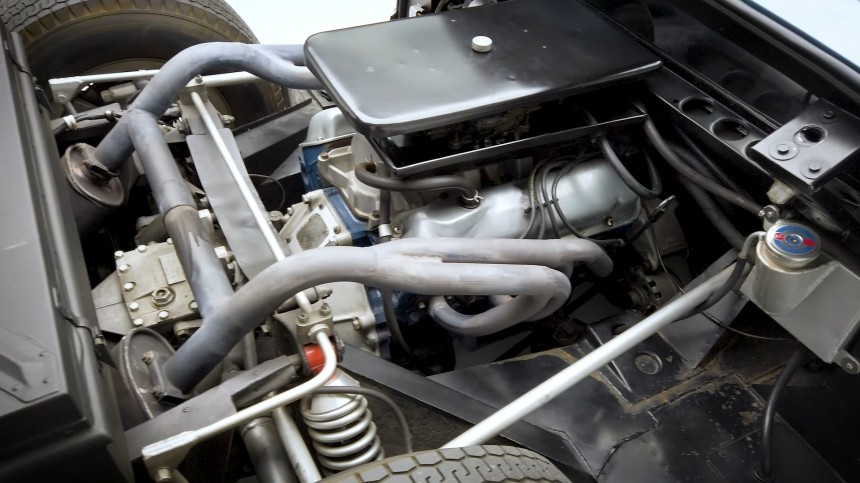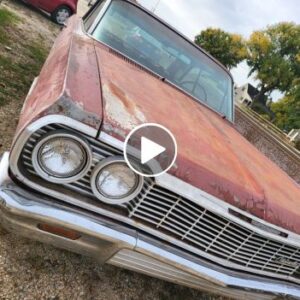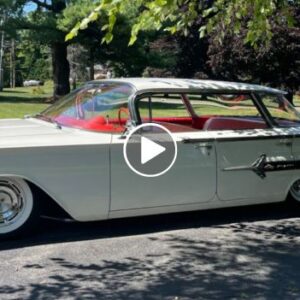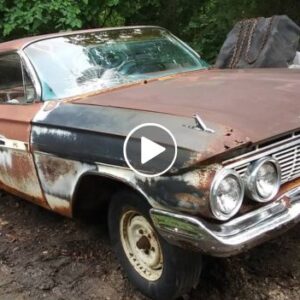In 1963, Ford was very close to buying Ferrari in what would have been the most spectacular deal in automotive history. But the arrangement fell through after Ferrari refused to hand over the motorsport division. This resulted in a massive feud between Henry Ford II and Enzo and led to the creation of the iconic GT40.


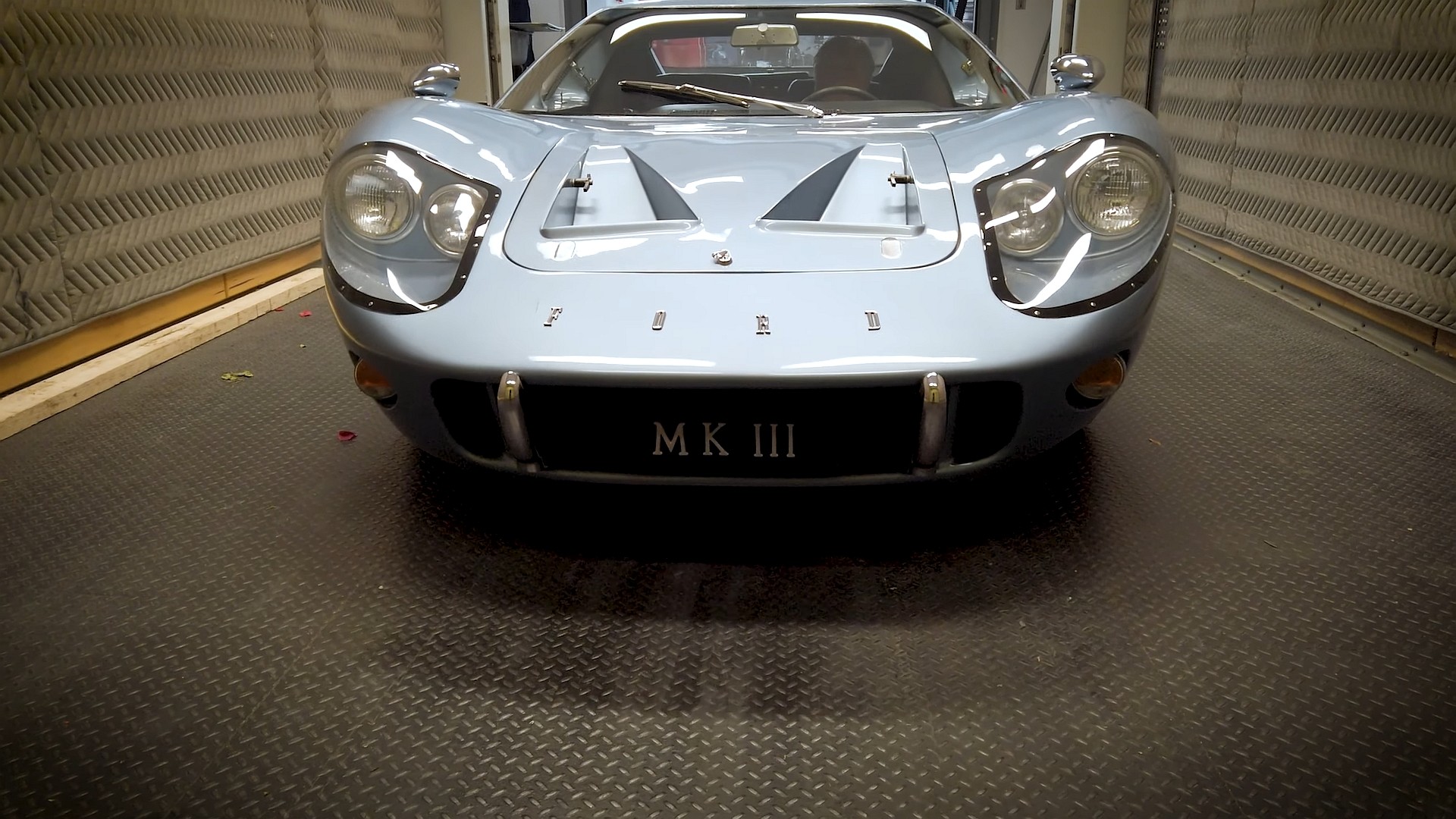

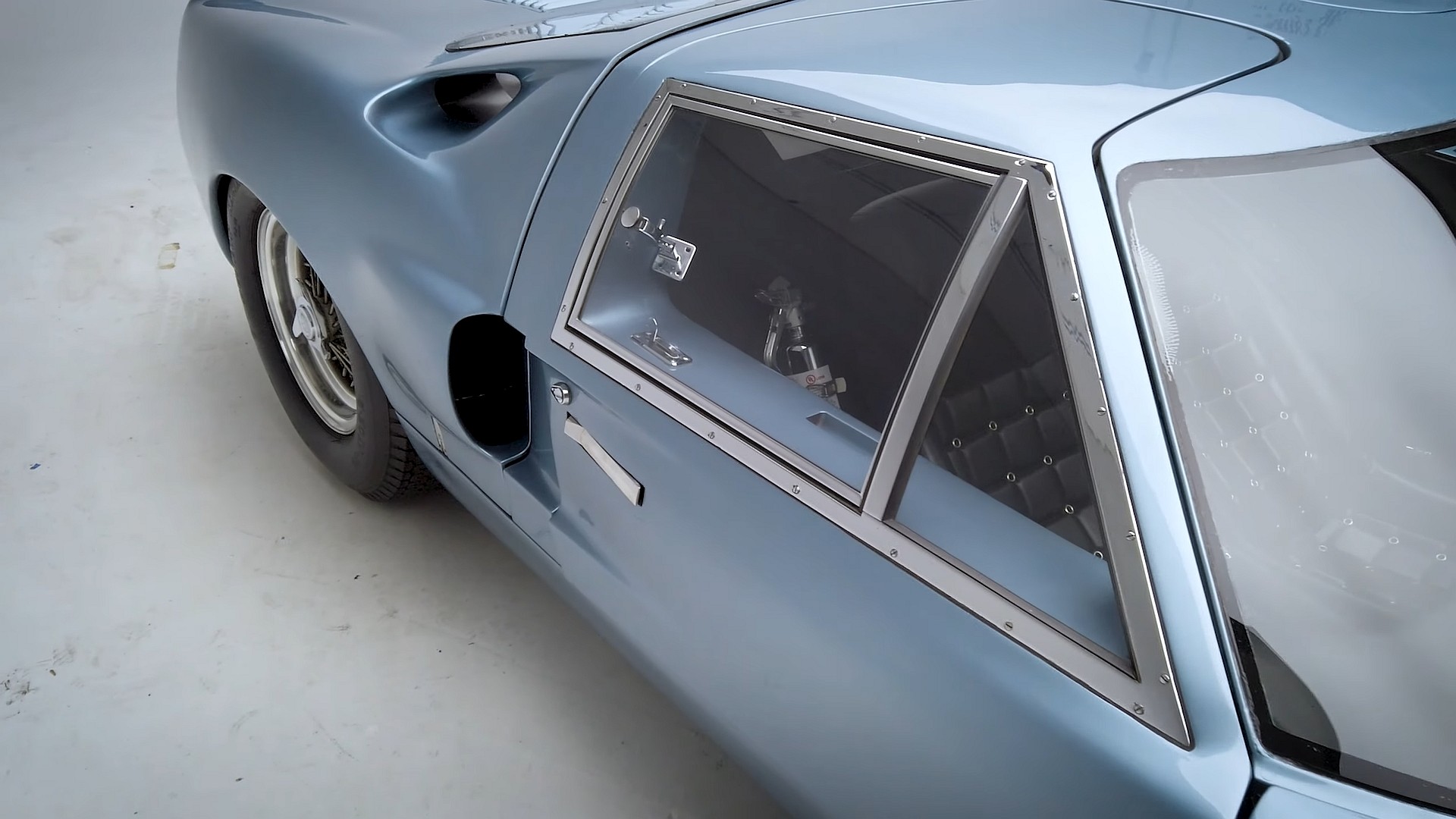
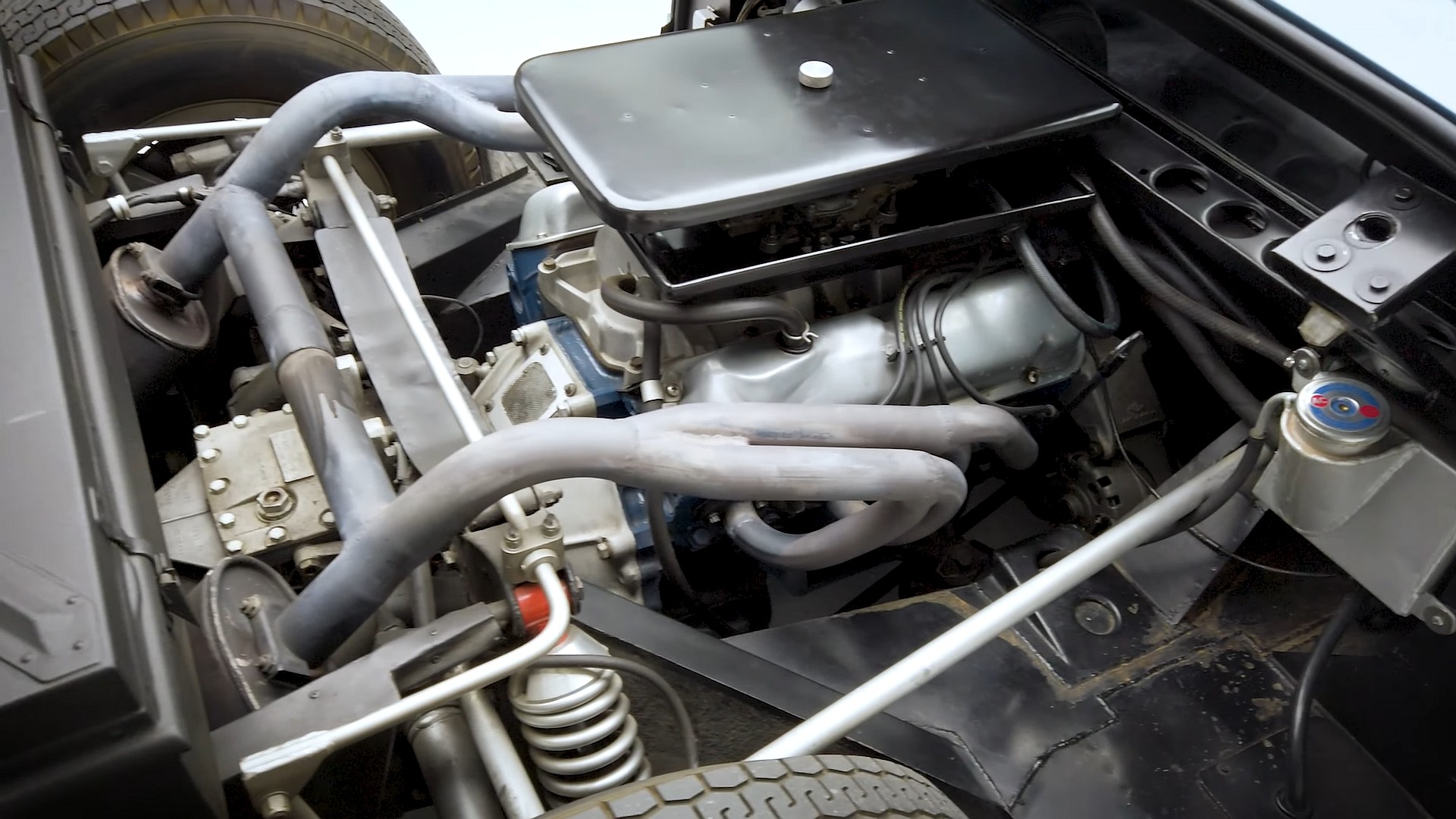
Born out of Henry’s desire to put an end to Ferrari’s domination on the endurance racing circuit, the GT40 went on to win the 24 Hours of Le Mans four times in a row from 1966 to 1969. It also helped Ford clinch the World Sportcar Championship twice.
Developed by Ford Advanced Vehicles, Carroll Shelby, and John Wyer Automotive Engineering, the GT40 program spawned no fewer than six different cars. The Mk II is arguably the most iconic and recognizable thanks to its 1-2-3 finish at Le Mans in 1966. The Mk I is the original GT40, while the long-tailed J-car prototype and the Mk IV were built with enhanced aerodynamics in mind. Ford also experimented with an open-top roadster, called the X-1, for the Can-Am series.
Then there’s the Mk III, which was developed as a road car only. While essentially similar to the Mk I and Mk II at first glance, the Mk III underwent several changes to become road-legal and to fall in line with safety regulations. The car had four headlamps, a slightly longer rear section to make room for luggage, and a softer suspension for enhanced comfort. It also got small bumpers front and rear, proper chrome trim around the windows, and large “Ford” lettering across the nose.
The shift lever was also moved from the side sill to the center, while the interior got amenities like air conditioning, an ashtray, and leather-wrapped seats. It wasn’t notably more comfortable than the race-spec car, but it was something Ford could sell in dealerships. Finally, it was fitted with a detuned 4.7-liter V8 engine.
While both the Mk I and Mk II hit the race tracks with more than 400 horsepower on tap (the latter had close to 500 horses), the Mk III was rated at 306 horsepower. While not quite as powerful as the Lamborghini Miura that was available at the time (the P400 had 345 horsepower), the GT40 was decidedly quicker thanks to its superior aerodynamics and power-to-weight ratio.
Specifically, the Mk III needed only 5.3 seconds to hit 60 mph (97 kph) from a standing start, which made it almost two seconds quicker than the mid-engined Miura. Its top speed was just as impressive at 165 mph (266 kph).
But as spectacular as it was, the street-legal GT40 was far from desirable at the time. For starters, the very few enthusiasts that wanted a road-legal version preferred the Mk I-based car that was available through Wyer Automotive. Built in 31 units, this version looked more similar to the race-spec GT40.
Second, the Mk III was stunningly expensive. Advertised at $18,500, they cost about $2,000 more than a race car (that’s about $173,000 in January 2023). And the story goes they were built at a cost of $70,000 each, or the equivalent of more than $650,000 in 2023. Not surprisingly, Ford struggled to sell only seven cars. Four of them were left-hand drive, while three were built for right-hand drive markets.
How many of them are still out there? Well, most of them survived to see the 21st century, but it doesn’t make much difference if you’re in the market for one. They rarely pop up for sale, and when they do, they change hands for a lot of cash. It’s actually difficult to say how much these cars are worth nowadays, but the example you see here was purchased for $324,500 back in 2003. So needless to say, it should be worth way more than $500,000 in 2023.
Originally owned by famous Austrian conductor Herbert von Karajan, this Mk III is spending its retirement years in the Petersen Automotive Museum, which describes it as “priceless.” The car was recently featured in the museum’s “Deep Dives” YouTube series so you can check it out in all its glory in the video below.
